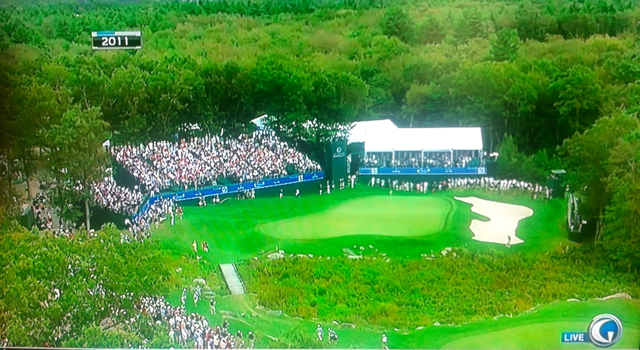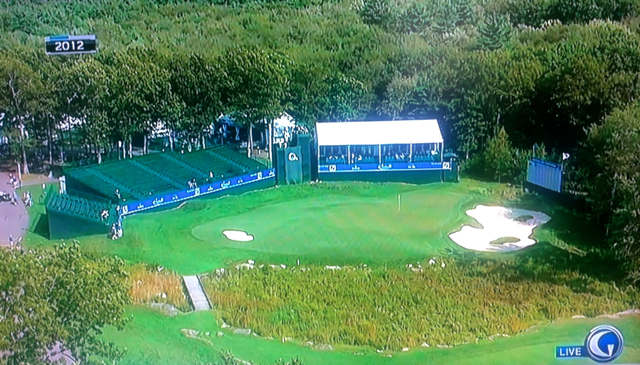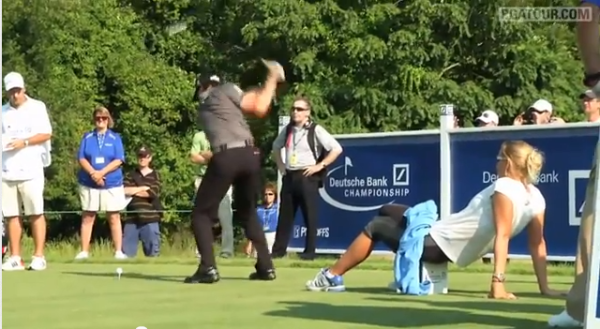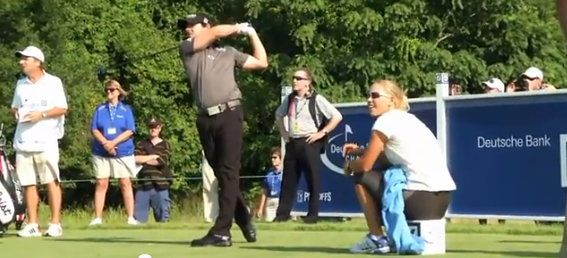There was some interesting stuff in today's transcript at the Deutsche Bank Championship, where Tiger Woods talked about changes in the game and what it means for him as part of the second-tier players distance-wise. You can watch the video of the presser here.
TIGER WOODS: Well, probably mid 2000s I wasn't the longest one out here. I mean, the game has certainly changed. When I came our here in '96 and '97 I was long, and I averaged 296. I think there's like 30‑some‑odd guys who are averaging over 300. So it's a totally different game now.
You know, the bigger hitters can hit the ball 320 in the air. I don't really have that. I can carry it 300, but that's a different gear. They're taller, they're bigger, and most of the longer guys are 6'3". When I was coming out here, if you were six foot you were pretty much average height, big height. Look at Nicklaus, Palmer, Player, Watson, they're all short compared to the big guys now, and they were long hitters at the time for their era. But these guys are just bigger.
I certainly can't carry the ball that far, but I'm still one of the longer ones but not the longest by any stretch of the imagination.
And...
Q. Following up on the length, when was it that you realized I'm not the longest guy out here anymore? Was there a specific moment?
TIGER WOODS: Even when I was long on TOUR, Daly was still longer. Daly was the longest. I believe he's the first guy to average over 300 yards. But now that's kind of average now. Most of the guys can hit the ball 300 yards. Granted, we've changed equipment. It was balata balls, 43?‑inch steel‑shafted drivers. Now the standard driver is 45, graphite. You're taking 60 grams out of a shaft, and the balls are much harder than they ever used to be. You add that and the guys are bigger and stronger and faster, it's a significant jump.
From a design point of view, this is fascinating and hopefully shows how difficult it is to design strategically interesting holes for today's game.
Q. Given that, how much have you had to maybe reinvent yourself, and how much has that gone on this year, and how gratified are you to see their results now with the wins that you've had?
TIGER WOODS: Well, I can still get to the par‑5s. The longer par‑4s now are, instead of being 460, now they're 520 and 540. Those are the stout par‑4s now. So that's changed.
What has changed, I think, quite a bit is the carry, the cover number over corners or over bunkers. They used to be staggered at probably about 260, maybe 280 at the tops. Now they're 300 to 320. Those are our carry numbers on most of the holes that have been lengthened or bunkers repositioned. So that part has changed.
But I really haven't had to reinvent how I played because I've always been one of the longer hitters on TOUR, just had to be efficient at what I do. Having this‑‑ hitting the ball far‑‑ I hit the ball far enough to where I can get to the par‑5s, and if you take care of the par‑5s and you take care of a few more along the way, you're going to have a pretty good tournament.



















